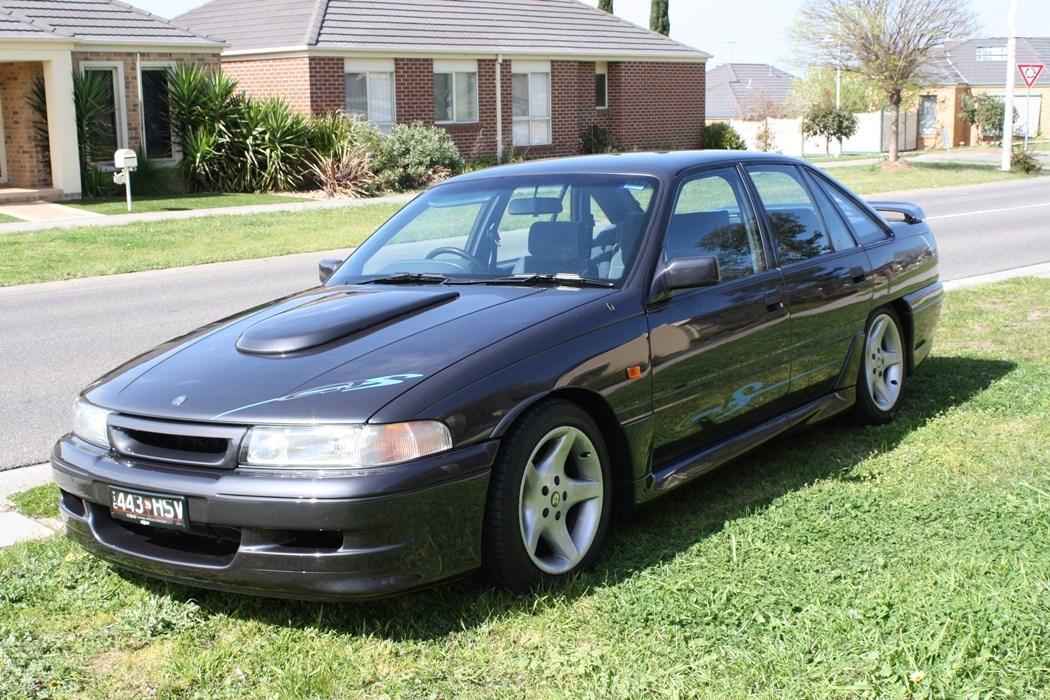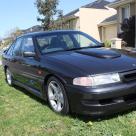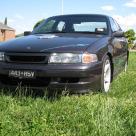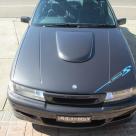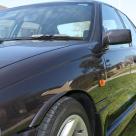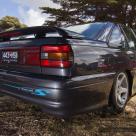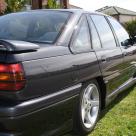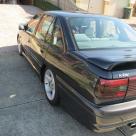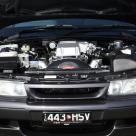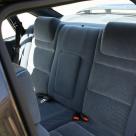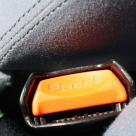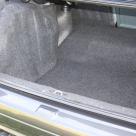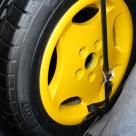1992 Holden (HSV) VP GTS
Specifications
Vehicle location
Australia , VIC , Epping
You don’t see many of these old GTSs running around these days, as owners are increasingly aware of the value in preserving what has become another Australian classic. This car is unit number 76 of approximately 130 GTS cars built in the VP series, and appears to be in neat condition for its age - a credit to the current and previous owners. The current owner has listed this one for sale on Carsales at $35,000. It's certainly not that cheap, but taking into account that the car was stored for 10 years from 2002 - 2012, it's going to be difficult to find others much cheaper in this clean, original condition. The seller does, however, note a concern with the gearbox, which they indicate has been taken into account in the price.
For more informatoin on the VP GTS, check out Classic Register's HSV VP GTS information guide, and check out the others on the VP GTS register.
The VP introduced the GTS nameplate to the HSV Commodore brand, which had been absent from Holden since the GTS Monaros of the 60s and 70s, but had been applied to some New Zealand Holden models in the interim. Although not the lowest production HSV VP built, the GTS was HSV's top of the line version, sold alongside the familiar Clubsport, Senator and Maloo (among other special editions), which were all built in very low numbers. The GTS's status as the highest performer in the VP HSV range has naturally meant that it has become a highly prized vehicle for people looking at modern investment classics, and as the earliest GTS commodore, this model is expected to continue to be favoured among collectors.

The GTS was based on the Commodore Berlina, with of course significant aesthetic and mechanical modifications, many of which were related to the VN HSV series of cars. In fact, much of the GTS was put together using parts from the VN Group A cars, including the engine block and cylinder heads. Other features shared with the Group A cars included the 3.27 ratio differential, independent rear suspension and a re-calibrated automatic transmission. It also received the Group A's brakes, front seats and most of its body kit, combined with the Senator's grille, rear spoiler and wheels, but with unique GTS wheel arch mouldings. Inside, there was a leather Momo steering wheel, exclusive GTS trim with embroidered door cards, cruise control, climate control, a trip computer, power windows and a security system standard. It was available in only three colours: grey, red and white.
By today's standards, the performance figures may not sound particularly impressive, but for 1992, these were high performing sports sedans. Depending on the source, the GTS would do the 0 - 100 sprint in around 6.5 seconds, with a top speed of over 240km/h. The 5.0l heavily tuned engine produced 200kw / 268hp. Despite their age, these cars will still outperform many modern cars, and retain practical appeal for a while to come (as long as you don't mind the fuel consumption). It's just a bit of a shame that it wasn't offered with a manual transmission, which we believe a sports car like this deserves.

Many of the 90s HSVs are starting to attract serious attention from investors, and the low production versions in the VN/VP series will likely be the first to see value increases. People are looking back at the early 90s V8s, and remembering the famous race victories like that of Larry Perkins and Greg Hansford at the wheel of the Castrol VP Commodore at Bathurst in 1993. There are several low production version options in the VP HSV range, as well as in the later VR / VS series, but the VP series being the earliest GTS Commodore available, would have to be high on your list if you were looking to invest.
If you have an early low production version HSV GTS, add it to the register and share your knowledge and history of the cars so other enthusiasts can understand and appreciate them. We'll certainly keep an eye out for other early HSVs as they come up for sale. Replicas tend to come up in the market quite regularly, and determining a genuine car requires some intimate knowledge of the chassis numbers and various unique features. Classic Register will certainly endeavour to produce some detailed ID-Guides for the early 90s HSVs in the near future.
You are about to contact the author of this vehicle.
Be aware this vehicle has currently not been listed for sale!
So refrain from price bidding.
